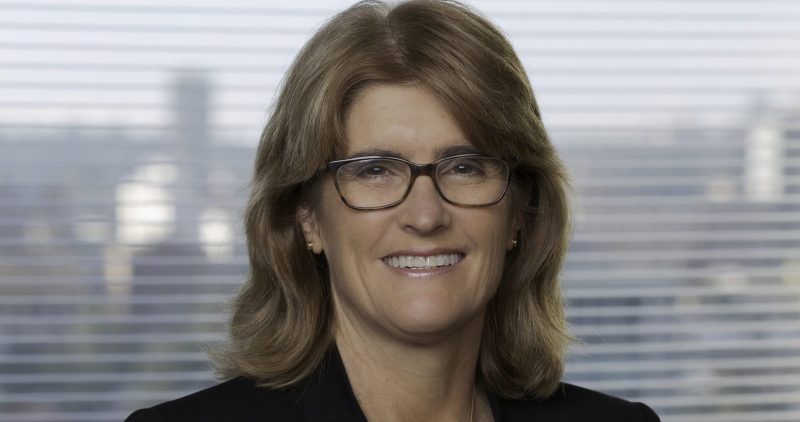The Reserve Bank of Australia board acknowledge that many Australians are doing it tough, and that a high cash rate level is painful, but have stressed the importance of staying on a ‘vigilant’ path when it comes to reducing inflation while ensuring the job market remains in robust health.
Speaking to the media after Tuesday’s decision to keep the cash rate on hold at 4.35 percent, RBA Governor Michele Bullock said recent data – including retail sales released on the same day – had indicated the inflationary dangers were still present, meaning the central bank could not rule out a ‘bumpy’ road ahead to keep the economy on track.
“We have made progress here, and we’re not going to jeopardise that,” Ms Bullock said.
“The rise in interest rates that has been required to bring down inflation has been painful to many people. Inflation though, as I’ve said before, is bad for everyone and we have to see the job through.”
Data from the Australian Bureau of Statistics on Tuesday showed retail sales volumes remaining in decline, but prices rising 0.6 percent quarter on quarter in the first three months of this year.
Ms Bullock said getting inflation back to target would take time, but that the board believed this would be possible to achieve by next year.
The RBA increased the cash rate by 0.25 percent in October last year, from 4.10 to 4.35 percent, where it has remained ever since, with four successive decisions to keep it on hold. The decision to keep rates at the same level again on Tuesday was broadly expected by economists, with only minor predictions of another hike.
Governor Bullock noted the varied experiences of Australian households in navigating the current economic situation.
“On the one hand, there might be people who are managing to save despite high inflation and interest rates – in fact, some of those with mortgages are still making extra payments into offset and redraw accounts on top of their required payments,” she said.
“But on the other hand, we also know there are households that are really struggling to make ends meet: these people don’t have a lot of extra savings, they might be working a second job, cutting back on discretionary items, making difficult decisions such as putting off medical appointments.
“These people are doing it very tough, and we are conscious of this. One of the outcomes of this is that household consumption is very weak: we can see that in the retail figures from last week.”
Wading through this, the RBA needed to maintain its focus on reducing inflation while also keeping employment growing, Ms Bullock added.
“This is the difficult path that we are trying to navigate,” she said.
“Right now, we believe that rates are at the right level to achieve this: but there are risks, and at this stage the board is not ruling anything out.”

